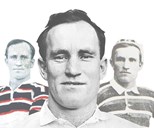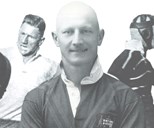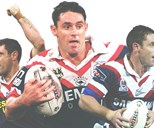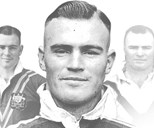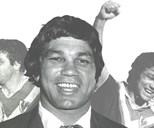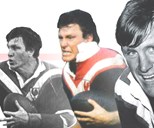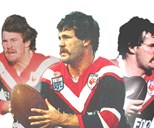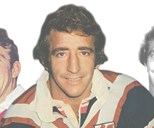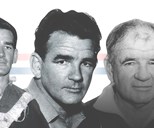Sydney Roosters Team of the Century

The Sydney Roosters Team of the Century comprises seventeen of the greatest players to represent the Club between 1908 and 2000, which includes Legends from the game's foundation years, wartime heroes and popular Premiership-winners from the 1970s.
1. Russell Fairfax (1974-1980)
A star fullback in the 1970s, Russell Fairfax arrived at the Club in 1974 - and it was no coincidence to see the Roosters claim the Premiership off the back of his arrival, which included scoring the first try in the Grand Final against Canterbury.
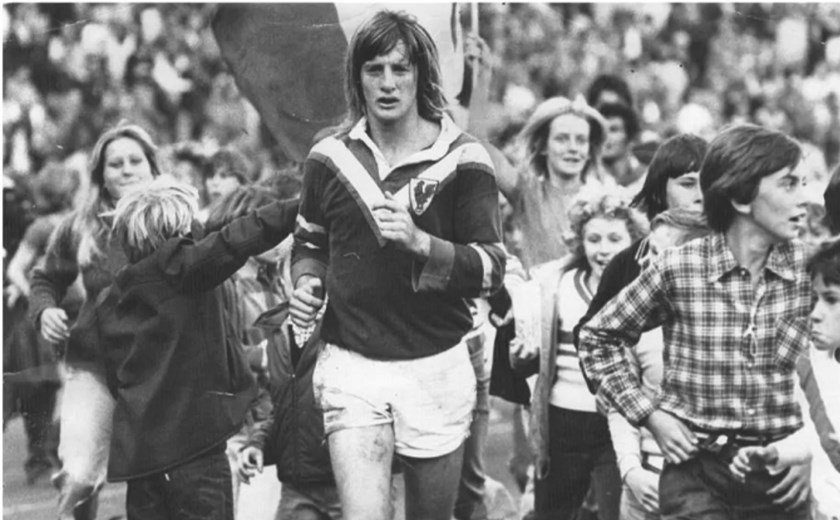
Noted for his golden locks and fleet footedness, Fairfax missed out on the 1975 triumph through injury, but bounced back the following season to guide the side to an inaugural World Club Challenge victory against St Helens at the Sydney Cricket Ground.
Fairfax's career in Red, White and Blue spanned seven seasons, with numerous trophies across his 115 matches - and is fondly remembered as a fan favourite.
2. Bill Mullins (1968-1978)
One of the greatest wingers to grace the field in the Tricolours, Bill Mullins held the Club's tryscoring record for over three decades.
A key member of the Roosters' 1974-75 Premiership winning sides, Mullins played eleven seasons in the Red, White and Blue, scoring 104 tries (becoming the first to reach the century) in his 190 appearances.
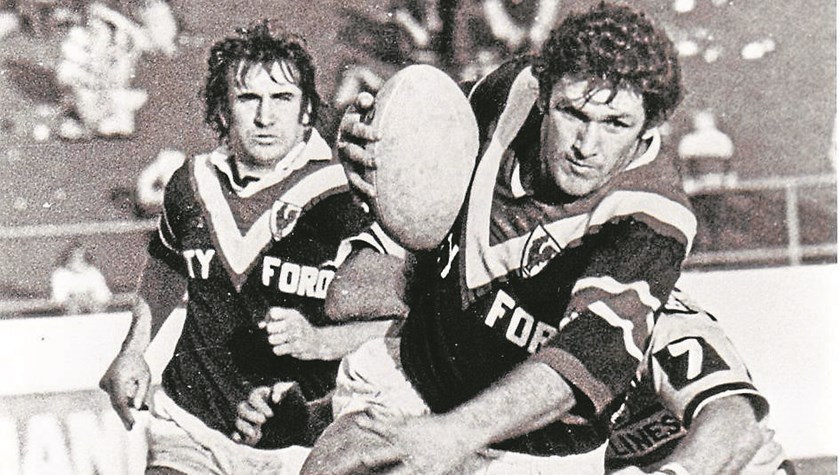
Son Brett also became a Premiership-winner for the Club in his final season in 2002, ironically the first since his father's last triumph in 1975.
3. Dally Messenger (1908-1913)
Noted as one of the game's original superstars, Herbert Henry 'Dally' Messenger led the Tricolours to three consecutive Premierships between 1911-1913.
Labelled as a 'genius' with the ball in hand, the centre three-quarter was known for dazzling spectators and teammates alike with his unpredictability and uncanny skill.
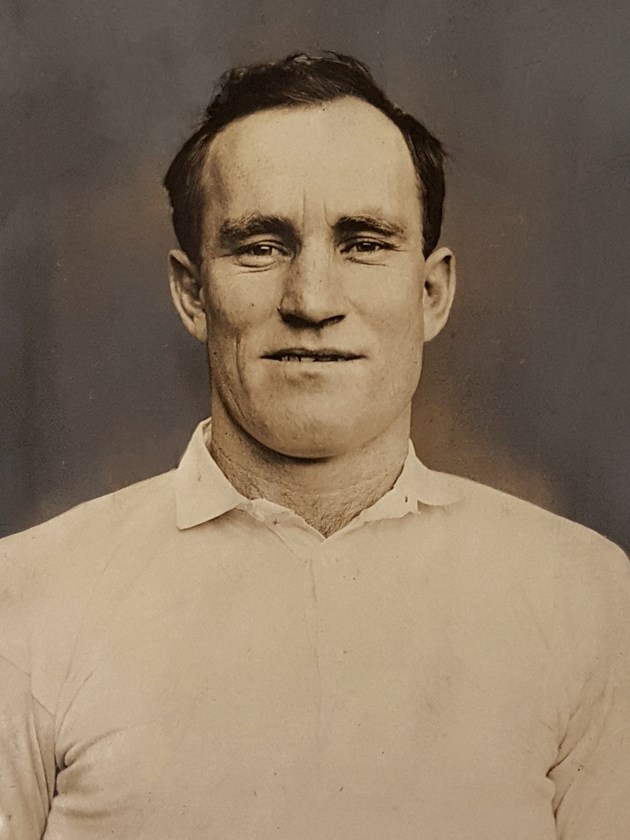
Such was his contribution to both Eastern Suburbs and the game of Rugby League, Messenger was awarded the Agricultural Shield at the conclusion of the 1913 season, with the Dally M Medal awarded to the game's Best and Fairest player on an annual basis.
One of the game's Immortals, Messenger is a member of both the Australian Rugby League and Sydney Roosters Halls of Fame.
4. Dave Brown (1929-1941)
Dave Brown is renowned as one of Rugby League's greatest pointscorers, and was the catalyst for the Club's rich vein of success in the 1930s and 1940s.
Scoring 93 tries in his 94 appearances for the Tricolours, the headgear-clad Brown was a sensation with both the ball in hand and with the boot, guiding the Club to Premierships in 1935, 1936 and 1940.
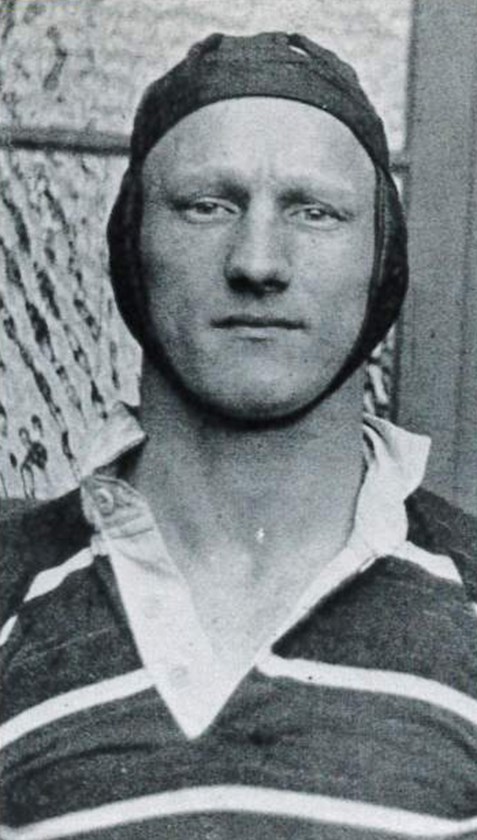
Brown still holds pointscoring records to this day, including most points by an individual in a match (45), most goals by an individual in a match (15) and most tries in a season (38) - all made in the dominant 1935 season.
A Rugby League Immortal, Brown along with Dally Messenger is also a member of the Sydney Roosters Hall of Fame and Australian Rugby League Hall of Fame.
5. Lionel Cooper (1945-1946)
Discovered by captain Ray Stehr while stationed in Darwin during World War II, Lionel Cooper is one of the great Rugby League stories.
Despite playing Australian Rules in the Northern Territory capital, Cooper found his feet in the thirteen-man code, winning the 1945 title with Eastern Suburbs after appearing in all of the side's matches and representing New South Wales.
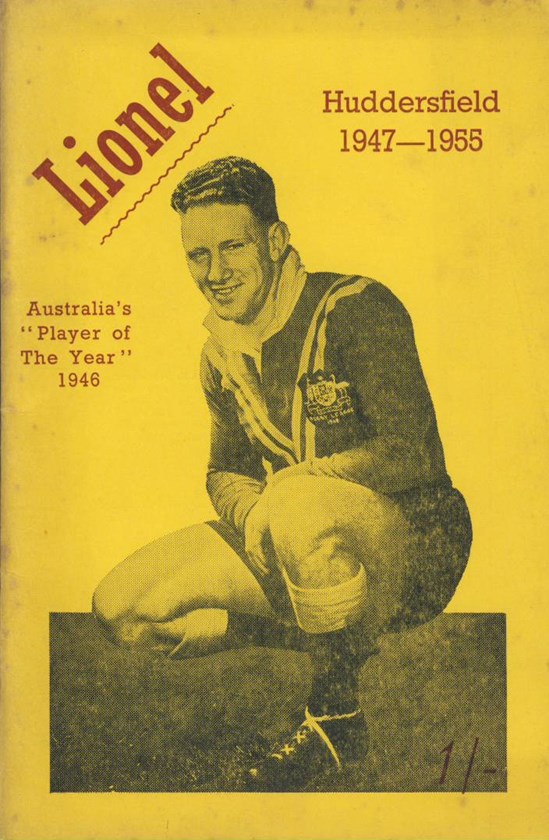
The following season he gained Test selection against Great Britain, scoring a try in the very first Test Draw and was named Player of the Year for New South Wales before progressing to a career of distinction in England, scoring a record 432 tries.
6. Brad Fittler (1996-2004)
The only active player in the Team of the Century, Brad Fittler is regarded as one of the great captains and five-eighths in Rugby League.
Arriving as Australian Test Captain in 1996, Fittler's influence turned the Roosters into a powerhouse of the competition, culminating in the Club's 12th Premiership in 2002, highlighted by his tenacity after taking a brutal hit midway through the second half of the Grand Final.
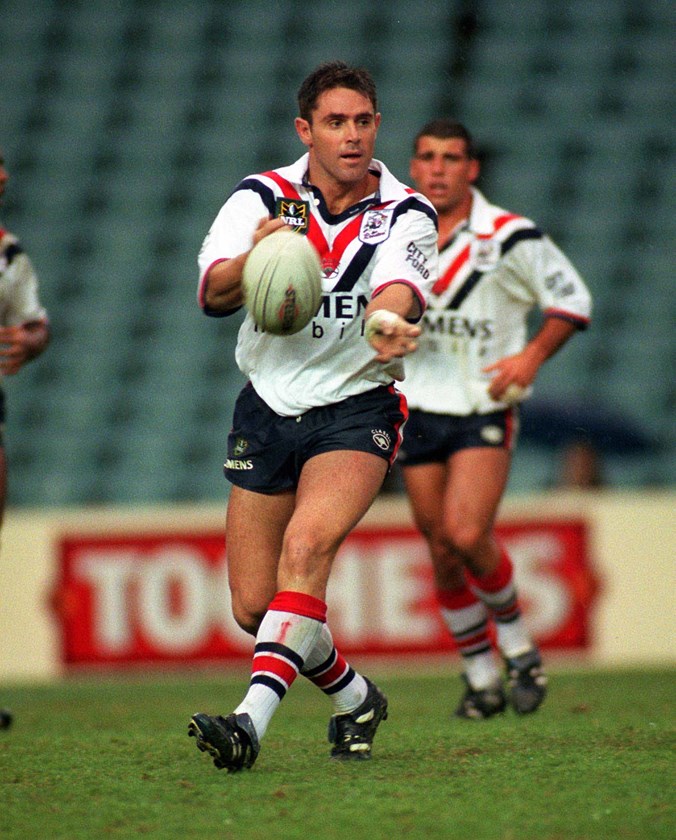
The highest-capped Captain in Club history with 199 games at the helm, Fittler coached the Club from 2007-2009, and is a Rugby League Hall of Famer, Sydney Roosters Hall of Famer, and has won countless awards including the Golden Boot (2000), Provan Summons Medal (1997) and Jack Gibson Medal (1998, 2000).
7. Viv Thicknesse (1932-1937)
Captain in the Club's 1935 Premiership victory, Viv Thicknesse went from rugby union convert to Rugby League superstar in a matter of months.
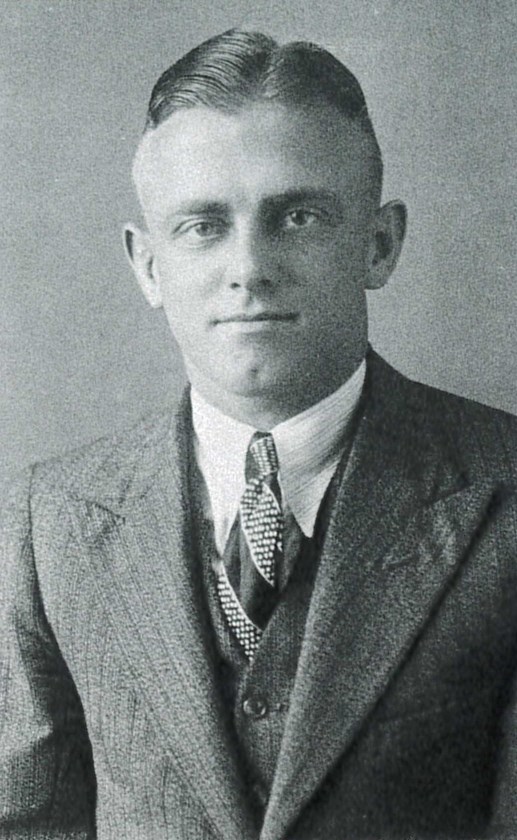
Joining Eastern Suburbs on tour to New Zealand, the highly-touted halfback contributed greatly to the side's three-peat from 1935-1937, with his final game in the 1937 season touted as one of the greatest ever seen.
Thicknesse won 58 of his 74 matches for the Club between 1932-1937, and represented both New South Wales and Australia in his brief yet distinguished career.
8. Ray Stehr (1929-1946)
One of the great clubman of Easts, Ray Stehr carved out a reputation as a dominant firebrand in the middle of the field who refused to take a backwards step.
Debuting in 1929 at just sixteen years of age (still a record) following a childhood of many trials and tribulations, Stehr dominated the NSWRFL until the day he retired in 1946.
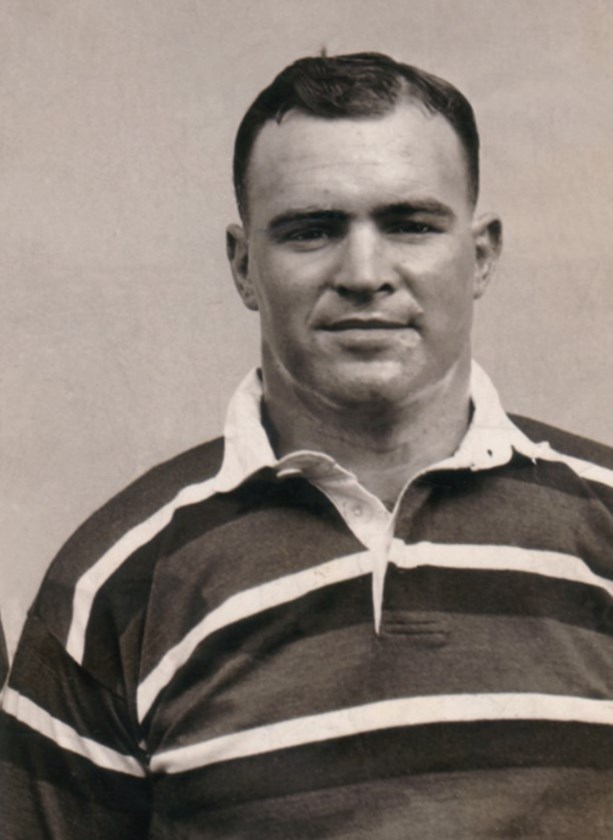
A Premiership winner in 1935, 1936, 1937, 1940 and 1945, Stehr captained the Club on multiple occasions throughout World War II, where he served as a Warrant Officer, and popularised the phrase 'Easts To Win' during a career in media.
9. Sandy Pearce (1908-1921)
A pioneer of Australian Rugby League, Sandy Pearce remains as one of the Club's finest hookers in over 110 years of history.
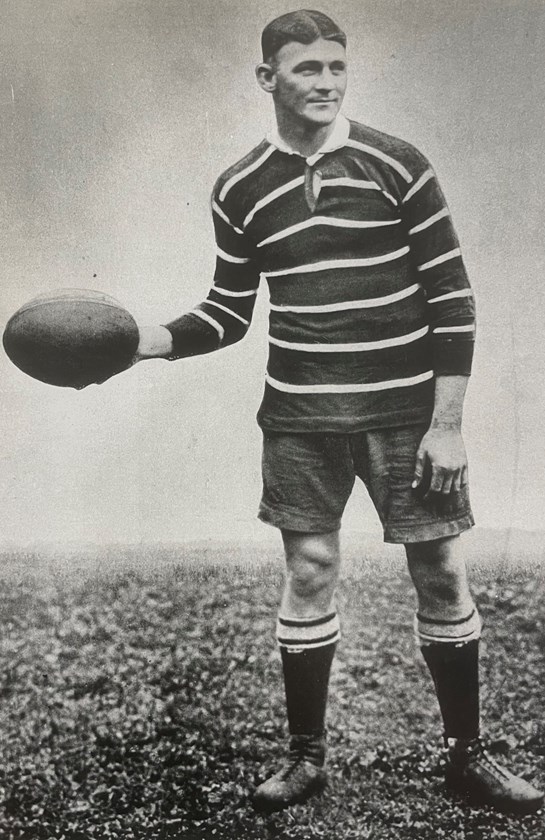
Strong and resourceful in the ruck, Pearce's longevity in the game was a highlight of his career; becoming the first player to surpass 150 club games before representing Australia in 1921 at the age of 38.
A Premiership winner in the 1911-1913 sides, his son 'Joe' Pearce also represented the Club, making his Test debut two years after his father's passing to become the first father-son combination to represent Australia.
10. Arthur Beetson (1971-1978)
A cultural figure of the Club, few have had the same everlasting effect as Arthur Henry Beetson.
One of the finest ball-playing forwards to have graced a Rugby League field, Beetson was a catalyst for the Roosters' Premiership feats in the 1970s, captaining the side to back-to-back trophies in 1974-1975.
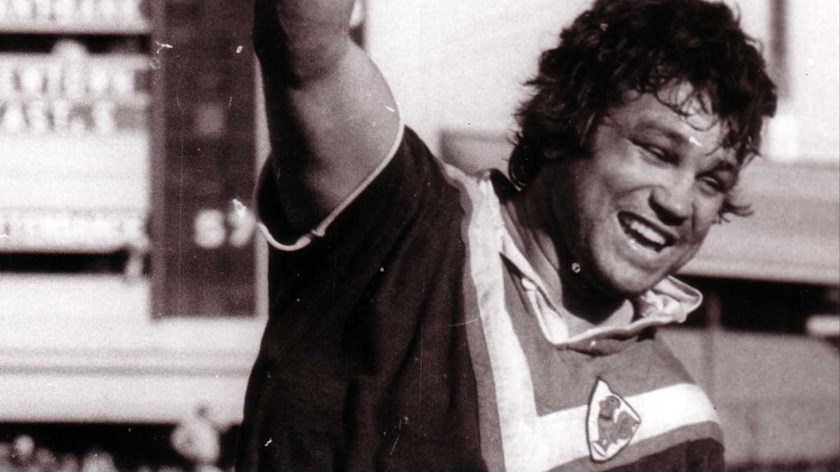
Holding the distinction as the first Indigenous player to captain Australia in any sport in 1973, Beetson was also one of the pioneers of State of Origin, and is remembered as an Immortal, Australian Hall of Famer, Sydney Roosters Hall of Famer.
11. Ron Coote (1972-1978)
Dubbed 'The Prince of Locks', Ron Coote had an immediate impact in the Red, White and Blue, guiding the side to the 1972 Grand Final in his first season.
A captain of the Club, state and country, and Premiership winner in 1974-75 - joining father Jack who won titles in the 1930s), Coote was famous for his damaging style of play both as a dangerous runner of the ball and as one of the greatest cover tackles in defence.
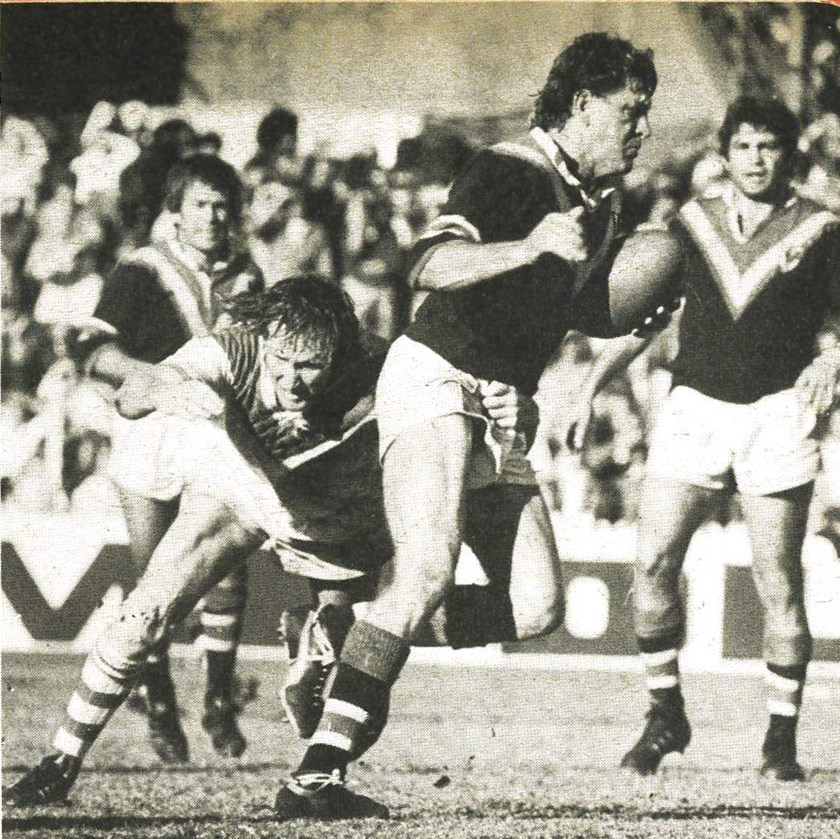
Following retirement, Coote founded the Men of League Foundation, and was honoured with selection in the NRL Team of the 1970s, Australian and International Rugby League Hall of Fame and the Sydney Roosters Hall of Fame.
12. Joe Pearce (1929-1942)
Son of Sandy Pearce, Joe Pearce followed in his father's footsteps to carve out his own successful career in the Red, White and Blue.
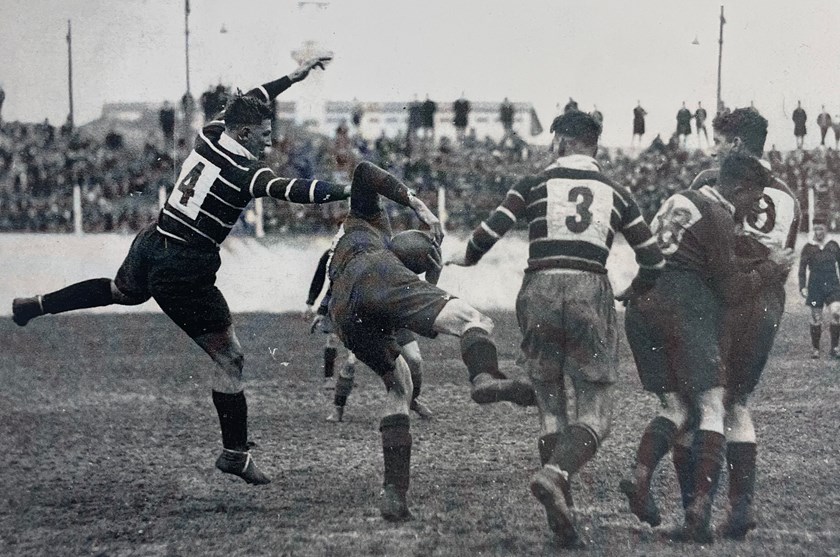
A prominent second rower and a ball-player to boot, Pearce was a member of the 1935-1937 Premiership-winning sides, before going on to win another title for Easts in 1940, retiring the following season before playing one final match in Round 1 of 1942.
A New South Wales and Test representative, Pearce played 148 games for the Club over a thirteen-year career - much like his father.
13. Andy Norval (1934-1941)
Versatile and brilliant with the ball in hand, Andy Norval is another member of the distinguished teams of the 1930s.
Winning four Premierships in Red, White and Blue (1935, 1936, 1937, 1940), Norval was known as an intimidating yet skilful lock, with the ability to play anywhere in the backline - doing so on multiple occasions, even making his Test debut on the wing.
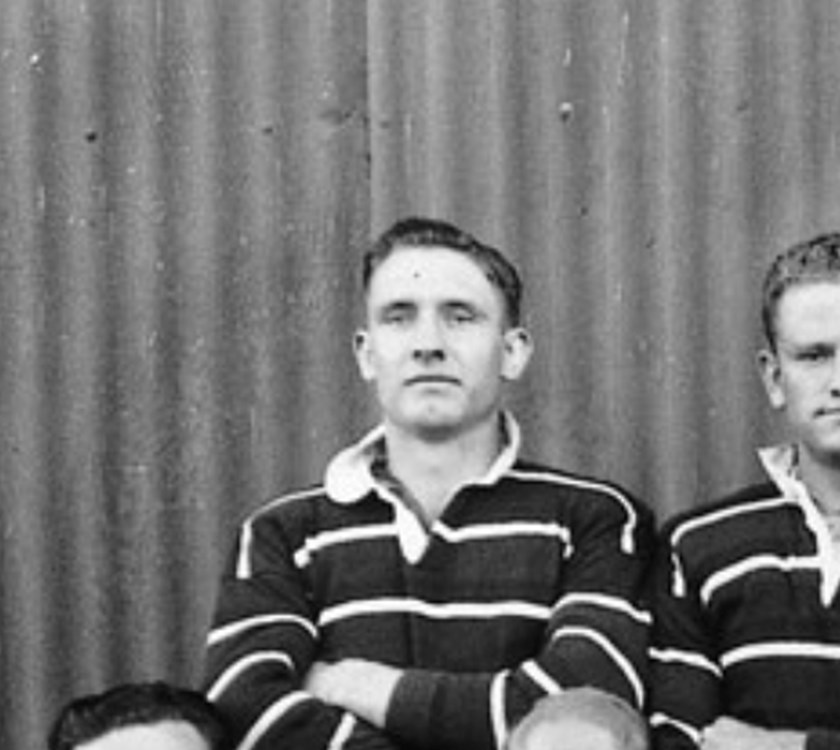
A Rugby League Hall of Famer, Norval made over 100 appearances for Easts between 1934-1941.
14. Kevin Hastings (1976-1987)
A great competitor no matter which position he played, Kevin Hastings was a shining light for the Club in the 1980s, proving to be one of the best halfbacks in an era littered with talented no.7s.
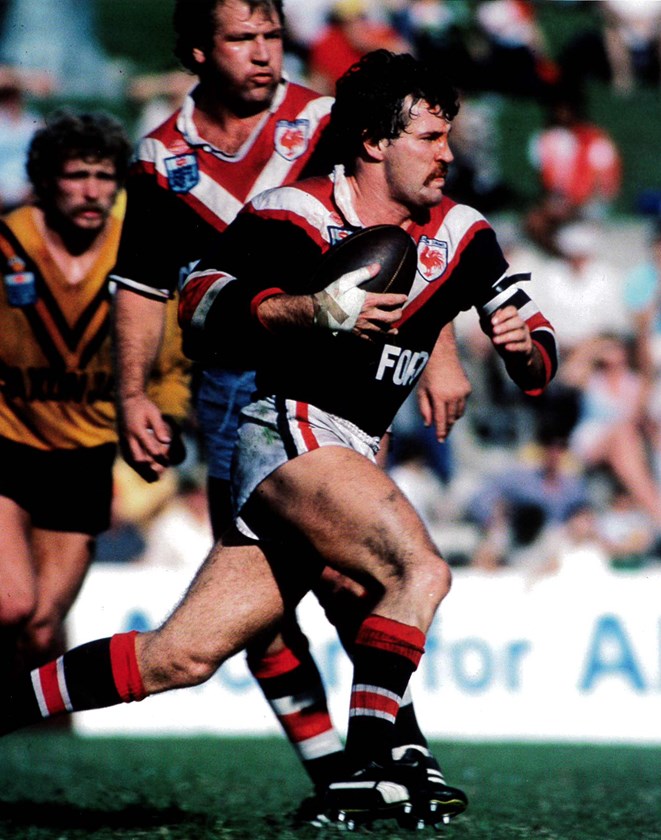
Taking home a multitude of individual awards, including three Dally M Halfback of the Year awards, three Rugby League Week Player of the Year awards (both 1980, 1982, 1982) as well as the Rothmans Medal (1981), Hastings also holds the distinction of being the first player to appear in 200 games for the Club.
Representing New South Wales in State of Origin, Hastings was also inducted in the Sydney Roosters Hall of Fame, and is a member of the Sydney Roosters Centurions.
15. Jack Beaton (1934-1938)
A brilliant centre and fullback, Jack Beaton arrived to the Club via University in 1934, quickly stamping his authority as one of the great outside backs in the game.
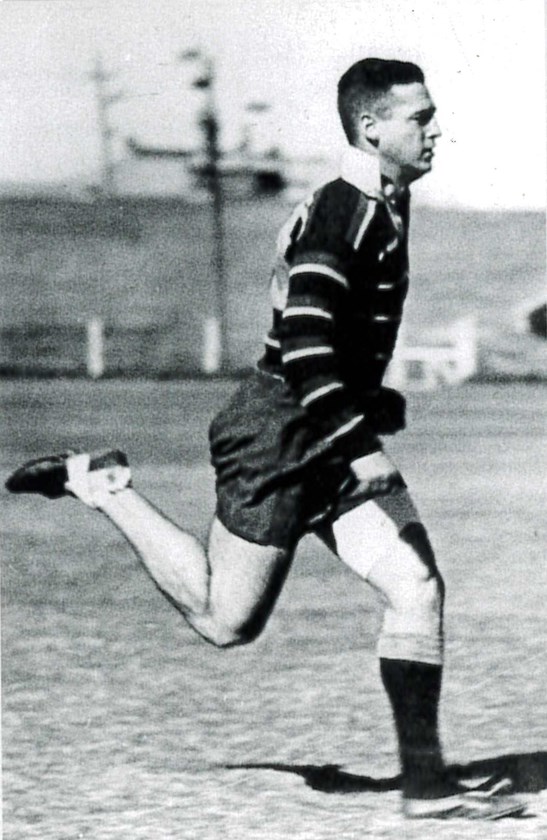
A member of the 1935-37 Premierships, Beaton not only starred at Club level but also made appearances for New South Wales on 12 occasions, and made 7 Test appearances for the Kangaroos.
Rated as one of the best centres of his generation, Beaton played just five seasons in the top grade, retiring at the tender age of 24 to take a position at his father's brewery.
16. Jack Watkins (1913-1916, 1919-1924, 1926)
With a reputation as one of the great cover tacklers in the foundation years of the code, champion lock Jack Watkins paved a long and distinguished career at Easts.
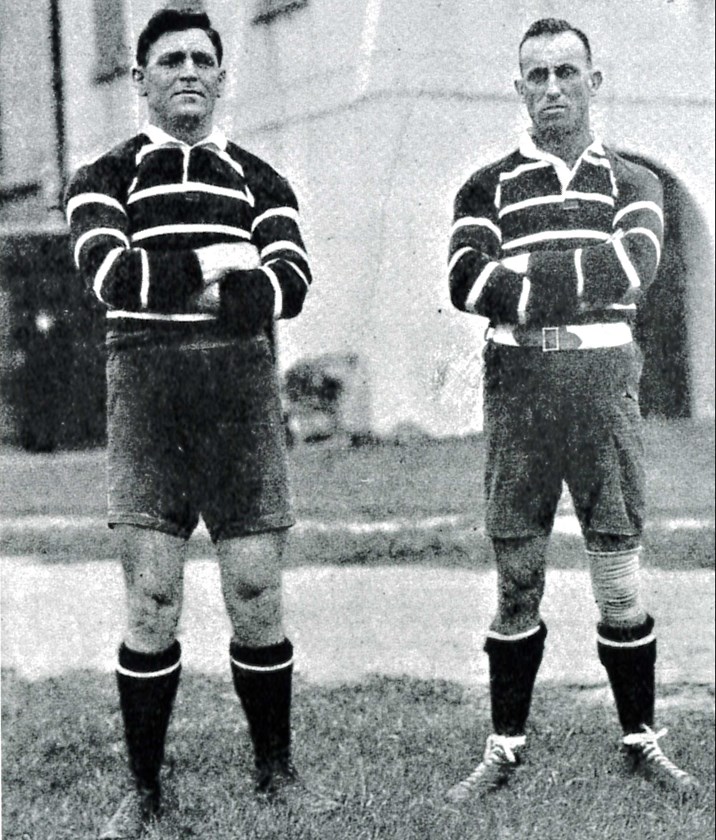
Debuting in 1913 - the year the Club won their third successive title - Watkins made his Test debut the following season, and despite needing to wait another five years to represent his country, 'Bluey' featured plenty of more times in the green and gold.
A member of the 1923 Premiership with Easts, Watkins had the honour of captaining the Club in his final season in 1926, aged 33.
17. Barry 'Bunny' Reilly (1966-1971, 1973-1979)
Pound for pound one of the toughest to don the Red, White and Blue, Barry 'Bunny' Reilly is remembered as one of the great clubmen of the Eastern Suburbs District Rugby League Football Club.
A Paddington Colts junior, Reilly (known as 'The Axe' for his distinct defensive technique), quickly became a crowd favourite amongst Roosters supporters as a will-of-the-wisp with ball in hand.
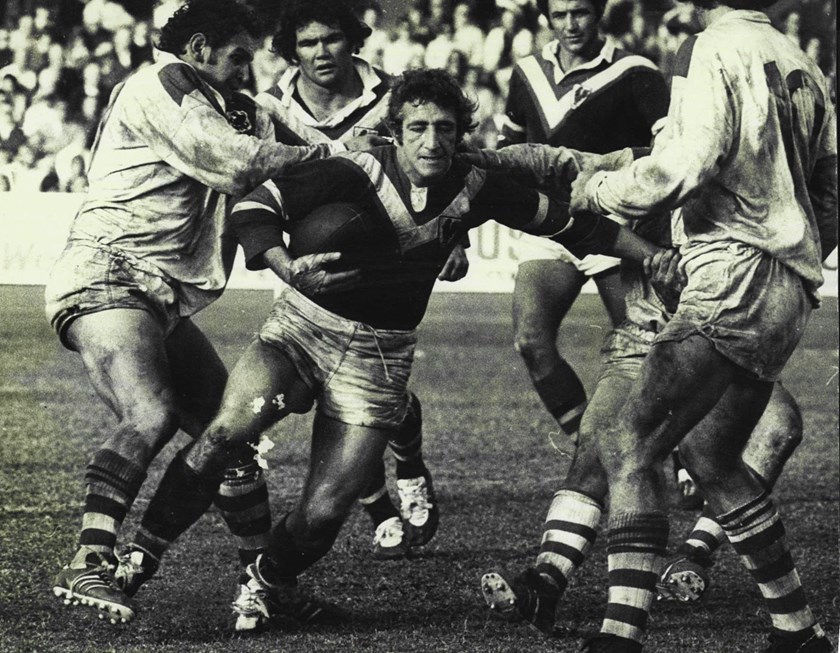
Reilly briefly left the Club after the signing of Ron Coote, but returned after just one season to contribute to the 1974-75 titles, going on to make 195 appearances in the Tricolours, sitting second behind teammate Mark Harris following retirement.
Head Coach: Jack Gibson (Playing Career 1953-1961, Coaching Career 1967-1968, 1974-1976)
Known across Rugby League as the 'Super Coach', Jack Gibson transitioned from hard-nosed forward to thoughtful and inspiring coach.
Tough and relentless in the front row, Gibson played nine seasons in the Red, White and Blue from 1954-1961, captaining the side to the 1960 Grand Final, before retiring in 1965.
A philosopher with the clipboard in hand, Gibson famously turned around the fortunes of the Club in 1967, taking the side to the finals after a winless season the year before.
Although his coaching journey led him elsewhere, he soon found himself back at the helm at Easts, helping to produce one of the greatest club sides in history as the 1974-75 Roosters dominated the NSWRFL.
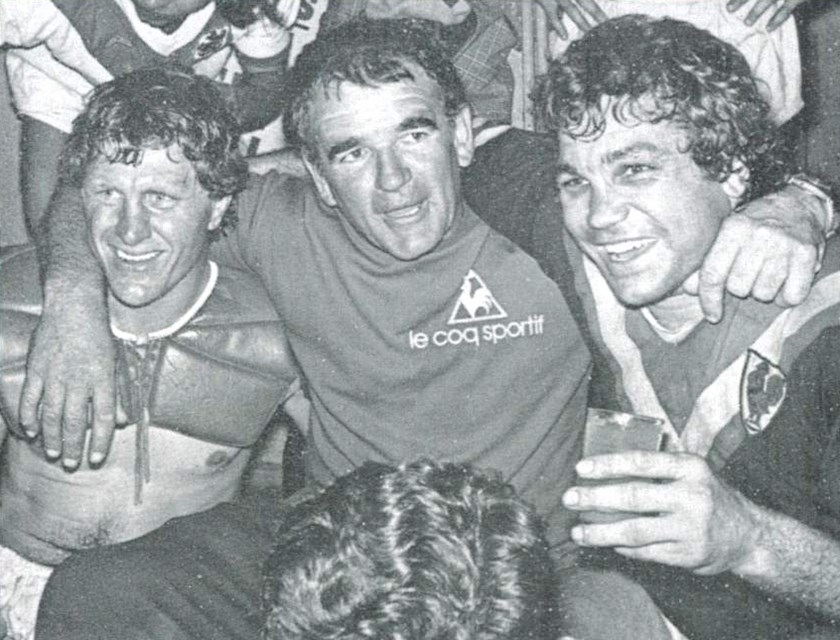
Coach in the Australian Rugby League Team of the Century, as well as the Sydney Roosters Centurions and a Sydney Roosters Hall of Famer, the Jack Gibson Medal has been awarded annually as the Club's Best and Fairest Player award since 1995.

Sydney Roosters respect and honour the Traditional Custodians of the land and pay our respects to their Elders past, present and future. We acknowledge the stories, traditions and living cultures of Aboriginal and Torres Strait Islander peoples on the lands we meet, gather and play on.
